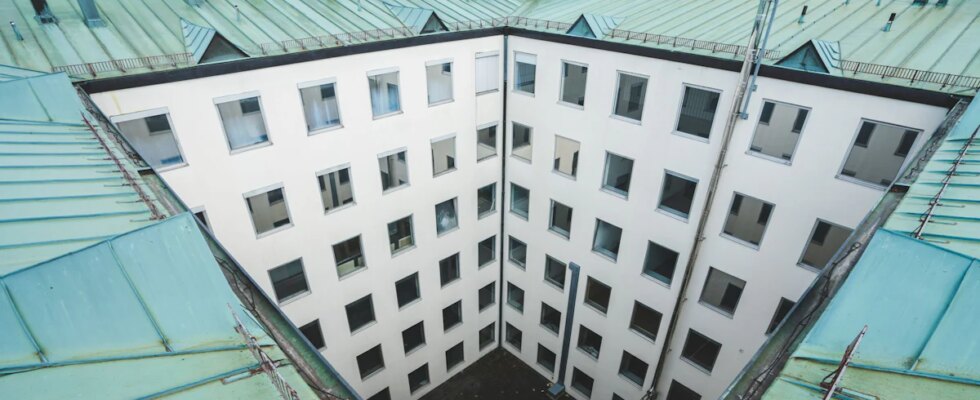BMW is already a large company, Allianz also employs a lot of people, and a few other DAX companies have their headquarters in Munich and the surrounding area. However, most of the city’s employees work for the city itself in administration, around 43,000, and the number is rising. The municipal department is responsible for ensuring that each and every municipal employee has a job.
It has just presented a plan for the next ten years, which the city council approved in a closed session. The city plans to build three new large administrative buildings and sell nine rented ones. Around 3,500 jobs are to be added to the existing building stock.
By 2035, the city could build an office complex at Vogelweideplatz in the east at the start of the Passau motorway and at the Brunthal car park near the wholesale market in Sendling. The third location for the administration of the future is Dachauer Strasse 90, the former health centre. It is currently being used temporarily for cultural purposes by the Art Laboratory 2. The municipal department has not yet decided whether the building will be demolished or renovated afterwards.
The city administration wants to concentrate its future growth on these three centers. For this purpose, plots of land in Riem, Freiham and at Kontorhaus 1 on Schäftlarnstrasse, but also in the center on Herzog-Wilhelm-Strasse, which were previously reserved for new administrative locations, will be released. The development of the park-and-ride area on Aidenbachstrasse will also be abandoned. In response to a joint motion by the Left/The Party and the coalition of the Greens/Rosa Liste and SPD/Volt, the city council once again reaffirmed its strategy: new construction before rent. This ensures the “independence of the city from developments on the real estate market,” wrote municipal representative Kristina Frank (CSU) in the draft resolution.
Personnel planning in a city as large as Munich is like a puzzle that has to be constantly reassembled. As in large companies, the pandemic has also massively changed the need for jobs, and home office suddenly became a factor that had previously only existed to a very limited extent in public administration. The city council then set a savings target that the city’s departments should have almost completely implemented by the end of 2024. 15 percent of existing jobs were to be cut. At the same time, the administration is growing steadily because the city is also growing and new tasks are constantly being added.
It is therefore difficult to predict how the workforce curve will develop by 2035. The human resources department has made a forecast for the planning of office space, but it considers it to be uncertain. But it has to work with some numbers, wrote municipal officer Frank. It has now assumed 500 new jobs for 2025 or 2026, and then 300 per year. That makes around 3,700 new jobs by the end of 2035, which could be filled by around 4,100 employees due to the possibility of part-time work. If one assumes the home office quota of 15 percent, which was also the basis for the most recent job cuts program, around 3,500 additional desks would have to be set up by 2035.
Municipal representative Frank expects to create around 700 new jobs in buildings that are currently being renovated. Around 2,900 would be accommodated in the three new complexes, which would cover demand. Frank does not see any danger that the new buildings will stand empty if there is little job growth, for example because of the expected financial bottlenecks in the coming years. The administration currently has a lot of rooms rented, which can be terminated if necessary. These employees could then fill the newly constructed administration buildings.
The plan is already to remove seventeen administrative buildings from the existing building stock by 2035. This would save 5.5 million euros in costs per year alone. In addition, there are also twelve million euros per year that will remain from the current 15 percent reduction in jobs by the end of 2024, because new colleagues could be accommodated in the existing building stock. In order not to lose track and to match the capacity of the jobs with the demand, the municipal department will present a new invoice every three years in the future. The city council has now also decided this.

